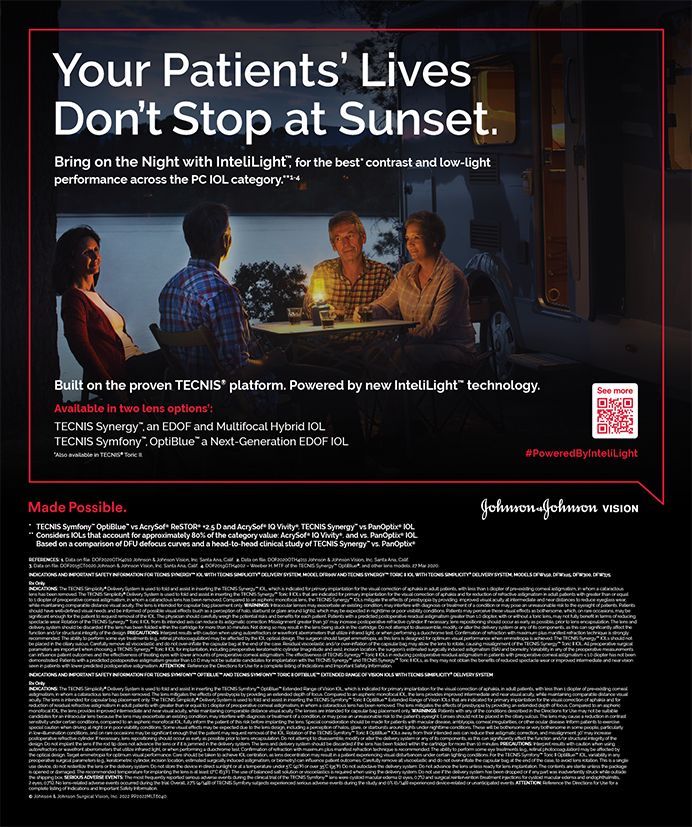
We all entered the field of medicine with a certain set of expectations, ideals, and visions of what it means to be a doctor. If any of you are like me, you probably came across a multitude of doctors along the way who had various skill sets and talents. In addition, much of the basic services and education in medicine sets a framework around what is expected of doctors—how they should act, how they should present themselves, and how they should communicate with patients. One of the first things I noticed when I observed practicing doctors, especially in my early years of training, was the blank stares and glaze that came across patients’ faces when the doctors started to explain a disease, condition, or treatment.
Almost universally, the physician’s intent was to take good care of patients, educating each patient so that he or she and the doctor could make a good decision together. However, what I repeatedly noticed was that it all too often achieved the opposite. The longer the physician spoke, the more confused patients became, fearing what they did not understand, and the anxiety that mounted inside of them was palpable. I recognized early on that the art of patient communication was an important part of being a great physician.
As a young and eager eye surgeon, I wanted to explain to patients every last detail about their condition and elaborate on all the different treatment options. I continue to see this strategy used by young surgeons when they come out of training. I even observe seasoned refractive surgeons offering too much information about choices and options.
A wise mentor of mine continues to remind me that almost all patients, either consciously or subconsciously, are concerned that they are going blind. They look to us for reassurance, guidance, security, and a confident recommendation about what to do. My medical ethics course in medical school cautioned against maternalism and paternalism, but this philosophy does not resonate with me.
In general, I have found that if our doctors can say a little less and address patients’ underlying fears and anxieties a little more, and if they try to reduce these fears and anxieties instead of build them up with fancy medical terminology and confusing treatment options, the patient experience is better.
I have found that the art and the success of what we do as refractive surgeons is not only about the outcomes that patients have; it also is about the experience and feelings they have about the process.
My mentors also taught me that it is not about the amount of time you spend with patients, but it is more about the quality of that time and the positive interaction that transpires, which leads to the building of trust between doctor and patient. Unfortunately, much of these skills are not taught in medical school or residency. Regardless of how technically sound a surgeon is or how knowledgeable he or she is in how to handle and manage ocular disease, without the communication skills and the ability to listen more and talk less, there is only so much success a surgeon can find.




